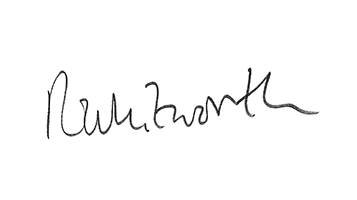Oh, the damage one can do with cut, paste and rotate. A recently published paper in Nature’s Scientific Reports (1) has attracted a great deal of attention – for all the wrong reasons. With spectacular audacity, the authors share numerous remarkably suspicious confocal microscopy images that feature cloned (by Photoshop not biotechnology) cells. Fortunately, the researchers have not grasped the true potential of photo-editing software – the fake images are easy to spot on second glance. (I am confident that our own talented design team is more than capable of creating images that would hoodwink the keenest of eyes.) You may struggle to find the referenced paper – the DOI number currently kicks up an “Internal Server Error (500)” message in a classic ostrich-style retraction. I’ve provided an alternate reference (2) in case you wish to review the paper for your own amusement. The fact that the paper appeared in an open access ‘peer-reviewed’ journal from an otherwise reputable publisher perfectly highlights concerns that have been aired many times. If authors are “paying to play,” are publishers likely to make the peer-review process as rigorous as it should be?
In this case, clearly not. As Derek Lowe notes in his blog post (3), “I don’t have a problem with [the open access] model. But it doesn’t work if you don’t review the damned papers. I don’t think that Nature wants to compete head-to-head with all the junk publishers of this world, but if they really want to, this is how you’d do it. Wave everything through, publish crap, cash the checks.” Lowe and numerous others point out additional errors that will be of particular interest to analytical chemists in the supporting information (4), including mystifying NMR spectra – can you fathom the unfathomable? And does that mass spectrometry data seem right? Yes, the paper under fire appears to be an extreme example of (incompetent) fraud – the authors have used every trick in the book – but they have also published more than one paper (with the same copy–paste images). And where there is fire, there is likely a good deal of smoke. If peer review fails or does not happen at all, the reputation of open-access publishing – and even science itself – is at stake. What is the answer? Well, the Internet and social media are rising up to be the best peer-review tools we’ve got (5). But it needs an active community with a critical eye. If you see a paper that just doesn’t seem right – I urge you to speak out. Or at least share your concerns with me (6). After all, The Analytical Scientist isn’t a (pseudo) peer-reviewed journal; it is a truly open magazine – we don’t demand payment to either view or publish content. And that gives you the power to reach a like-minded community.
Rich Whitworth Editor

References
- N Samie et al, “Novel piperazine core compound induces death in human liver cancer cells: possible pharmacological properties”, Sci Rep 6:24172 (2016). http://tas.txp.to/0616/fraud http://blogs.sciencemag.org/pipeline/archives/2016/06/10/crap-courtesy-of-a-major-scientific-publisher http://tas.txp.to/0616/supp http://retractionwatch.com/2016/06/10/author-denies-accusations-of-blatant-duplication/ [email protected]
